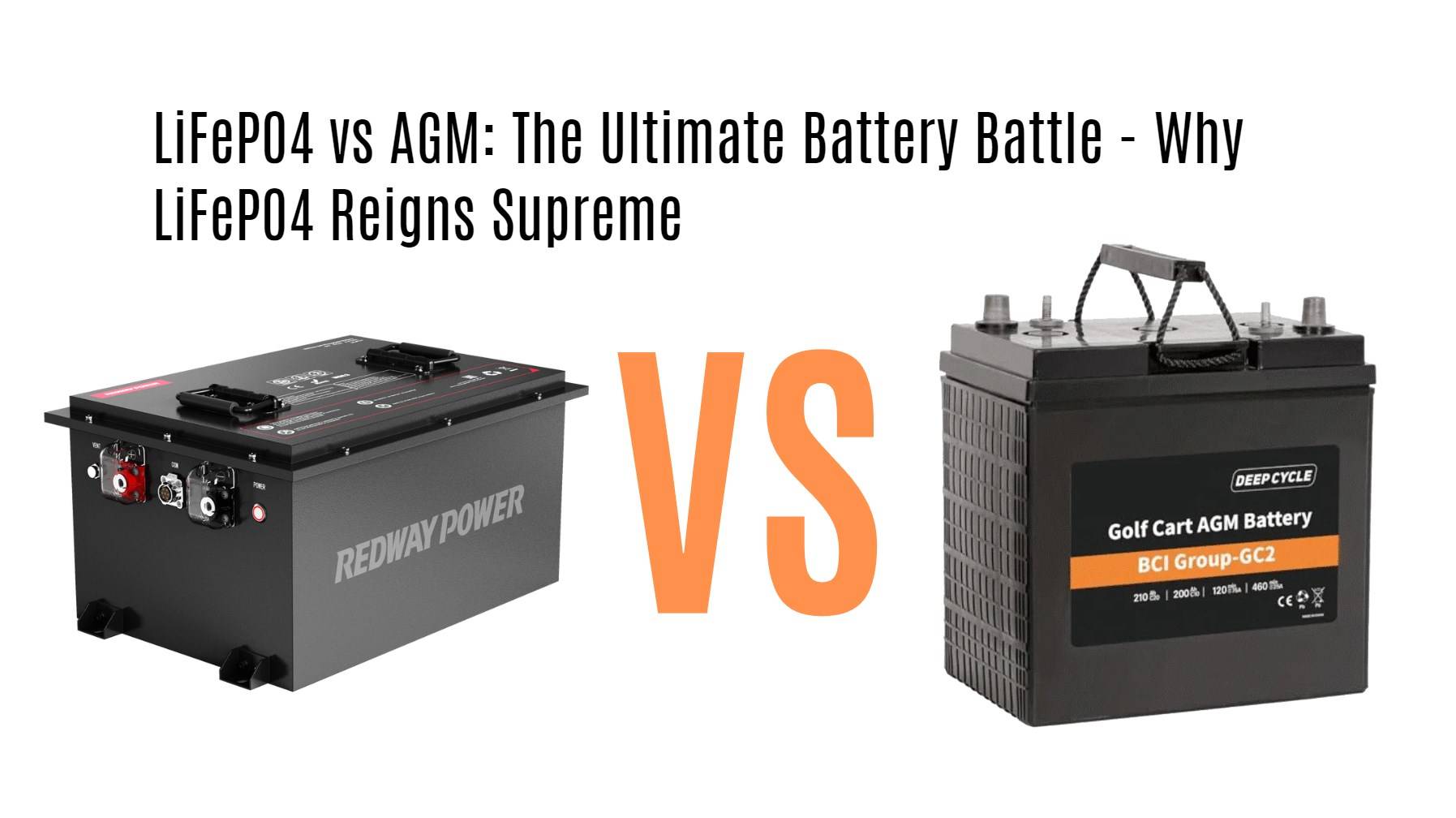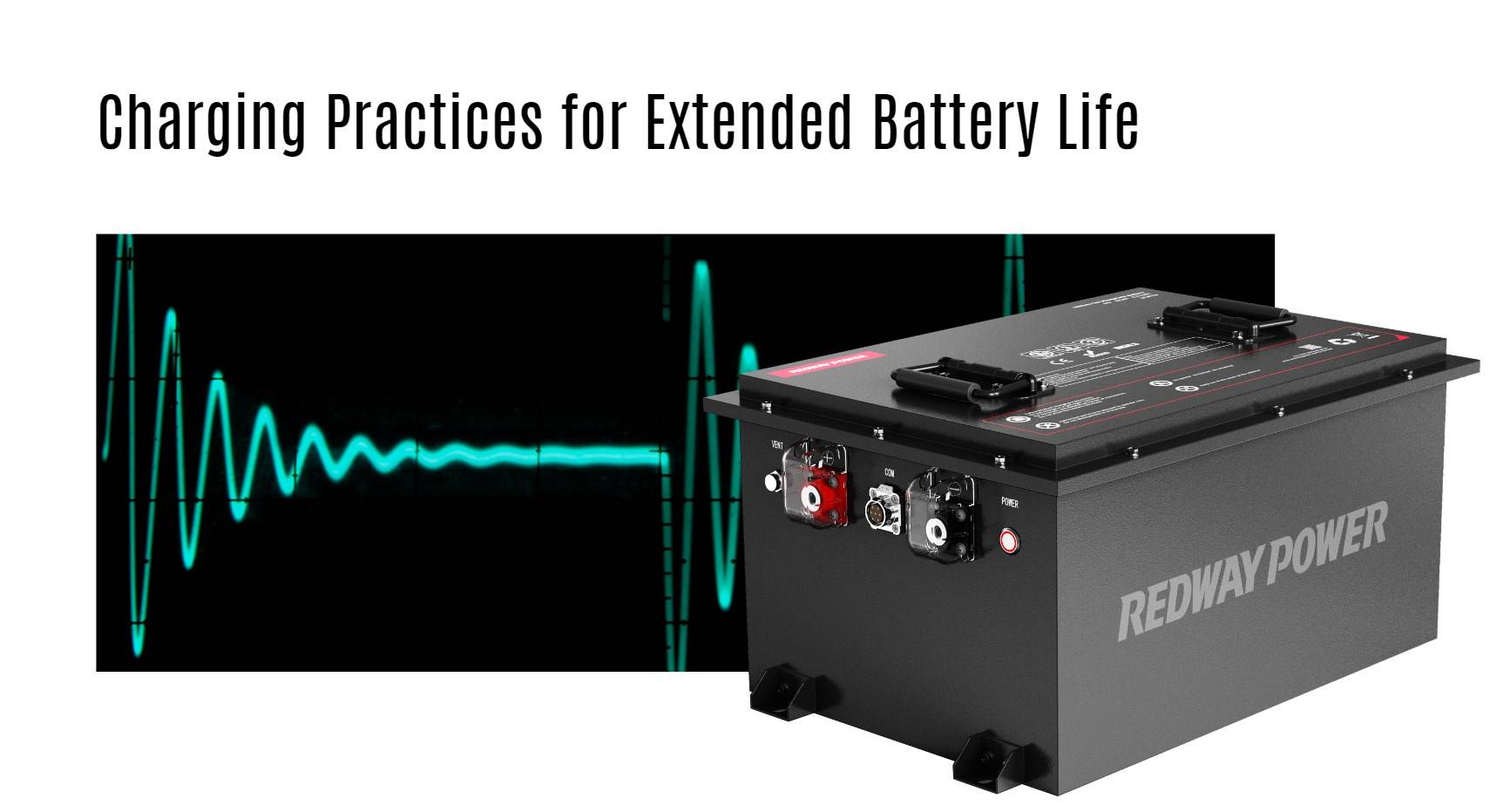LiFePO4 (Lithium Iron Phosphate) batteries are increasingly recognized as superior to AGM (Absorbent Glass Mat) batteries due to their numerous advantages, including longer lifespan, faster charging, and enhanced safety features. Understanding the differences between these two battery types can help consumers make informed decisions for their energy storage needs.
What are the key differences between LiFePO4 and AGM batteries?
LiFePO4 and AGM batteries differ significantly in several aspects:
- Chemistry: LiFePO4 uses lithium iron phosphate, while AGM utilizes lead-acid technology.
- Energy Density: LiFePO4 has a higher energy density, allowing it to store more energy in a smaller space.
- Weight: LiFePO4 batteries are generally lighter than AGM batteries, making them easier to handle.
- Cycle Life: LiFePO4 batteries can endure more charge-discharge cycles compared to AGM.
- Charging Speed: LiFePO4 batteries charge faster than AGM batteries.
This fundamental difference in chemistry leads to variations in performance, longevity, and application suitability.
How do the advantages of LiFePO4 batteries compare to AGM?
LiFePO4 batteries offer several advantages over AGM:
- Longer Lifespan: They can last over 4000 cycles, significantly outlasting AGM batteries, which typically last around 500–800 cycles.
- Faster Charging: LiFePO4 can be charged fully in 1–2 hours, while AGM may take 5–8 hours.
- Deeper Discharge Capability: LiFePO4 can be discharged up to 80% without damage, whereas AGM should not be discharged below 50%.
- Safety: They are less prone to overheating or thermal runaway compared to AGM batteries.
- Environmental Impact: LiFePO4 is more environmentally friendly as it does not contain toxic heavy metals.
These benefits make LiFePO4 a preferred choice for applications requiring reliability and efficiency.
What disadvantages should you consider for LiFePO4 batteries?
Despite their many advantages, there are some drawbacks to consider with LiFePO4:
- Higher Initial Cost: The upfront cost is generally higher than that of AGM batteries.
- Lower Energy Density: While they have a higher energy density than lead-acid, they still lag behind some other lithium-ion chemistries.
- Temperature Sensitivity: They may not perform optimally in extremely low temperatures without proper management systems.
Understanding these limitations helps users weigh their options effectively.
How do AGM batteries stack up in terms of advantages?
AGM batteries also have their strengths:
- Cost-effective: They are generally cheaper upfront than LiFePO4 batteries.
- Robustness: AGM technology is well-established and reliable for many applications.
- Good Performance in Cold Weather: They perform better than lithium-based alternatives in low temperatures.
However, these benefits come with significant trade-offs regarding lifespan and charging efficiency.
What are the drawbacks of using AGM batteries?
AGM batteries have notable disadvantages:
- Shorter Lifespan: With fewer cycles available, they require more frequent replacements.
- Longer Charging Times: Charging takes considerably longer compared to LiFePO4.
- Limited Depth of Discharge: Over-discharging can lead to damage and reduced lifespan.
These factors can lead to higher long-term costs despite lower initial prices.
How do lifespan and cycle life compare between LiFePO4 and AGM batteries?
LiFePO4 batteries typically have a lifespan exceeding 4000 cycles at 80% depth of discharge, while AGM batteries usually last only about 500–800 cycles under similar conditions. This stark contrast means that while the initial investment in LiFePO4 may be higher, the overall cost-effectiveness improves due to fewer replacements needed over time.
What is the charging efficiency comparison between these battery types?
LiFePO4 batteries charge more efficiently than AGM counterparts due to their lower internal resistance and ability to accept higher charging currents without overheating. For example:
| Battery Type | Charging Time | Efficiency |
|---|---|---|
| LiFePO4 | 1–2 hours | Up to 95% |
| AGM | 5–8 hours | Around 85% |
This table illustrates how much quicker and more efficiently LiFePO4 charges compared to AGM.
Tips for Battery Wholesale Buyers
When considering wholesale purchases of lithium or lead-acid batteries:
- Research suppliers based on reputation and product quality.
- Ensure compliance with relevant safety standards.
- Inquire about customization options tailored to specific needs.
- Evaluate pricing structures and shipping logistics.
Redway Battery is an excellent choice for wholesale buyers or OEM orders due to its extensive experience in lithium technology since its establishment in 2012.
Redway Battery Expert Insight
“Choosing between battery technologies requires careful consideration of your specific needs,” states an expert from Redway Battery. “LiFePO4 offers unmatched longevity and safety features that can significantly enhance your operational efficiency.”In conclusion, while both LiFePO4 and AGM batteries have their respective advantages and disadvantages, the superior performance characteristics of LiFePO4—especially in terms of lifespan, charging speed, and safety—make it the preferred choice for many applications today. Understanding these differences allows consumers to make informed choices tailored to their energy needs.




